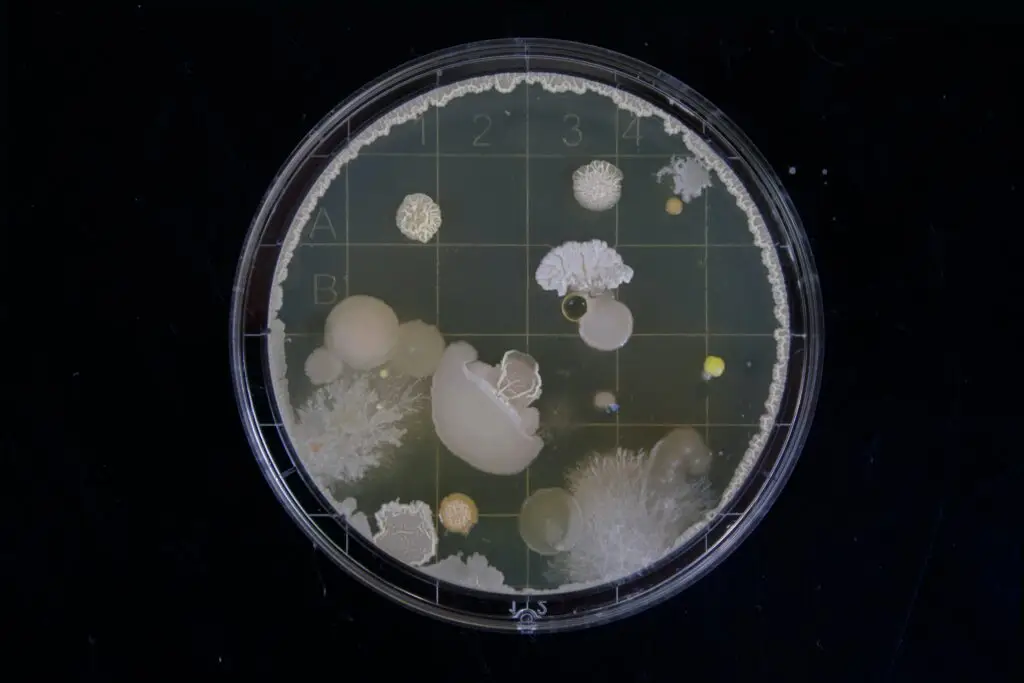Cell Membrane
What is the Cell Membrane?
The cell membrane is the outer layer of a cell that acts as a protective barrier, controlling the movement of substances in and out of the cell. It helps maintain the cell’s internal environment and enables communication with other cells.
Transport Types
The cell membrane controls what enters and leaves the cell, using different types of transport to move substances across it. One type is passive transport, where particles move from areas of high concentration to low concentration without using energy. This includes diffusion (when particles spread out on their own) and osmosis (the movement of water across the membrane).
Another type is active transport, which requires energy to move particles against the concentration gradient, from low to high concentration. For larger particles, the cell uses special processes: endocytosis brings materials into the cell by wrapping the membrane around them, while exocytosis releases materials by pushing them out. These transport methods help the cell get the nutrients it needs and remove waste.
Cell Membrane Functions
The cell membrane acts like a protective barrier for the cell, keeping everything inside safe and secure. It controls what goes in and out, allowing nutrients and oxygen to enter while letting waste leave the cell. This helps maintain the cell’s balance, or homeostasis, so it can work properly.
The cell membrane also helps cells communicate with each other by recognizing signals and sending messages. Plus, it supports the cell’s shape and connects with other cells, allowing them to form tissues. Overall, the cell membrane is essential for protection, communication, and keeping the cell healthy.
Proteins in the Membrane
Proteins play an important role in helping the cell function. Some proteins act like channels or gates, allowing specific substances, like ions or nutrients, to pass in and out of the cell. Other proteins work as receptors, picking up signals from outside the cell and helping the cell respond to its environment. There are also marker proteins that act like ID tags, helping the cell recognize other cells and communicate with them. Together, these membrane proteins help control what enters and leaves the cell, send signals, and allow the cell to interact with its surroundings.
Related Videos
Related Links
Cell Membranes: Structure and Function
Discover the structure and function of cell membranes, the protective barriers that control the movement of substances in and out of cells, crucial for cell survival.
https://www.nature.com/scitable/topicpage/cell-membranes-14052567
